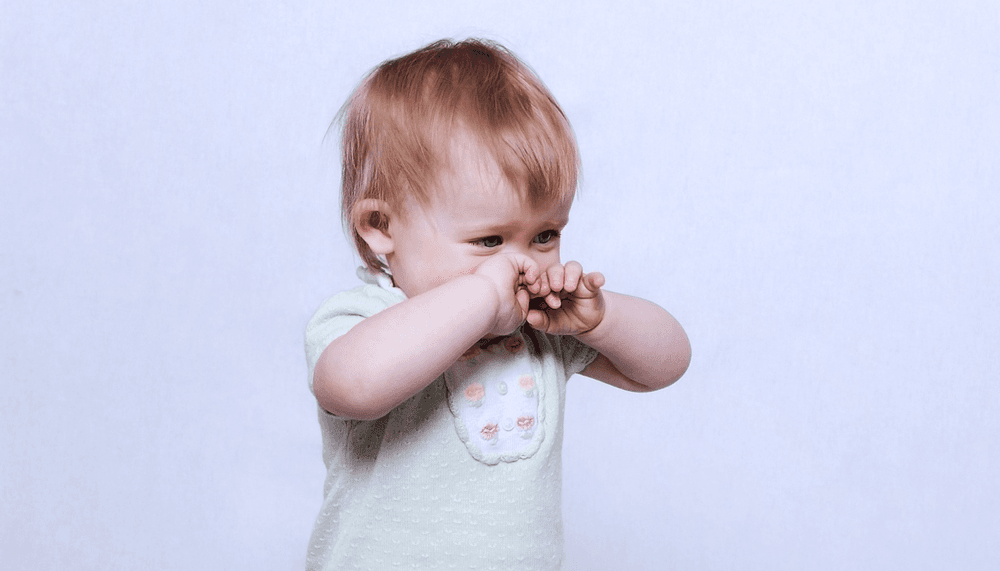TODDLER
Use the ‘Fast-Food Rule’ to Get Through to Your Upset Kid
Fast-food joints may have their problems, but they do one thing incredibly well: communicating with customers.

Written by
Dr. Harvey Karp

SHARE THIS ARTICLE
PARENT PICKS
Bestsellers
TODDLER

Written by
Dr. Harvey Karp

SHARE THIS ARTICLE
Bestsellers
This silly-sounding rule is the golden rule for communicating with anyone who is upset. I promise: You will be amazed how it works on everyone—from toddlers to teens to temperamental spouses.
In a nutshell, the Fast-Food Rule says: Whenever you talk to someone who is upset, always repeat his feelings first…before offering your own comments or advice.
Fast-food restaurants may have their problems, but they do one thing incredibly well: communicating with customers.
Imagine you are hungry. You pull up to the restaurant window and a voice crackles over the speaker, “Can I help you?” You answer, “A burger and fries, please.”
Now…tell me what do you think the order-taker will say back to you?
The answer is none of the above!
The very first thing she will do is repeat your order to you. She does this because she needs to make sure she understands exactly what you want (“Okay, that is a burger and fries. Anything to drink?”) before she takes her turn: “That is 5 pounds. Please drive up front.”
Normal conversations have a simple back-and-forth pattern. When we talk, we take turns (“I like chocolate!” “Me too! I love chocolate!”).
But this pattern changes dramatically when one person is upset.
The rule for talking to someone who is upset is: Whoever is most upset talks first (and gets an extra-long turn to vent). The other person listens patiently and repeats back his feelings with care and interest (“Wow! What she did really made you angry!”). Only then does the friend get a turn to say what she thinks about the situation.
At fast-food restaurants, the person who is hungriest gets to speak first. And with parents and children (or in any dialogue between 2 people), the person who is most upset—the “hungriest for attention”—goes first.
Is it really so important to take turns like this? Absolutely! Here is why: Agitated people are terrible listeners. Big emotions (like anger and fear) turn our open minds into closed doors. But once we express our feelings—and they are acknowledged—our minds swing back open and we can again pay attention to the good suggestions of the people we love.
When you repeat what a person has shared with you about her feelings, what you say (your words) is not as important as the way you say it (your tone of voice, facial expression and gestures).
Many Mums and Dads say that the Fast-Food Rule is one of the most important parenting (and life) skills they have ever learned.
Disclaimer: The information on our site is NOT medical advice for any specific person or condition. It is only meant as general information. If you have any medical questions and concerns about your child or yourself, please contact your health provider. Breastmilk is the best source of nutrition for babies. It is important that, in preparation for and during breastfeeding, mothers eat a healthy, balanced diet. Combined breast- and bottle-feeding in the first weeks of life may reduce the supply of a mother's breastmilk and reversing the decision not to breastfeed is difficult. If you do decide to use infant formula, you should follow instructions carefully.